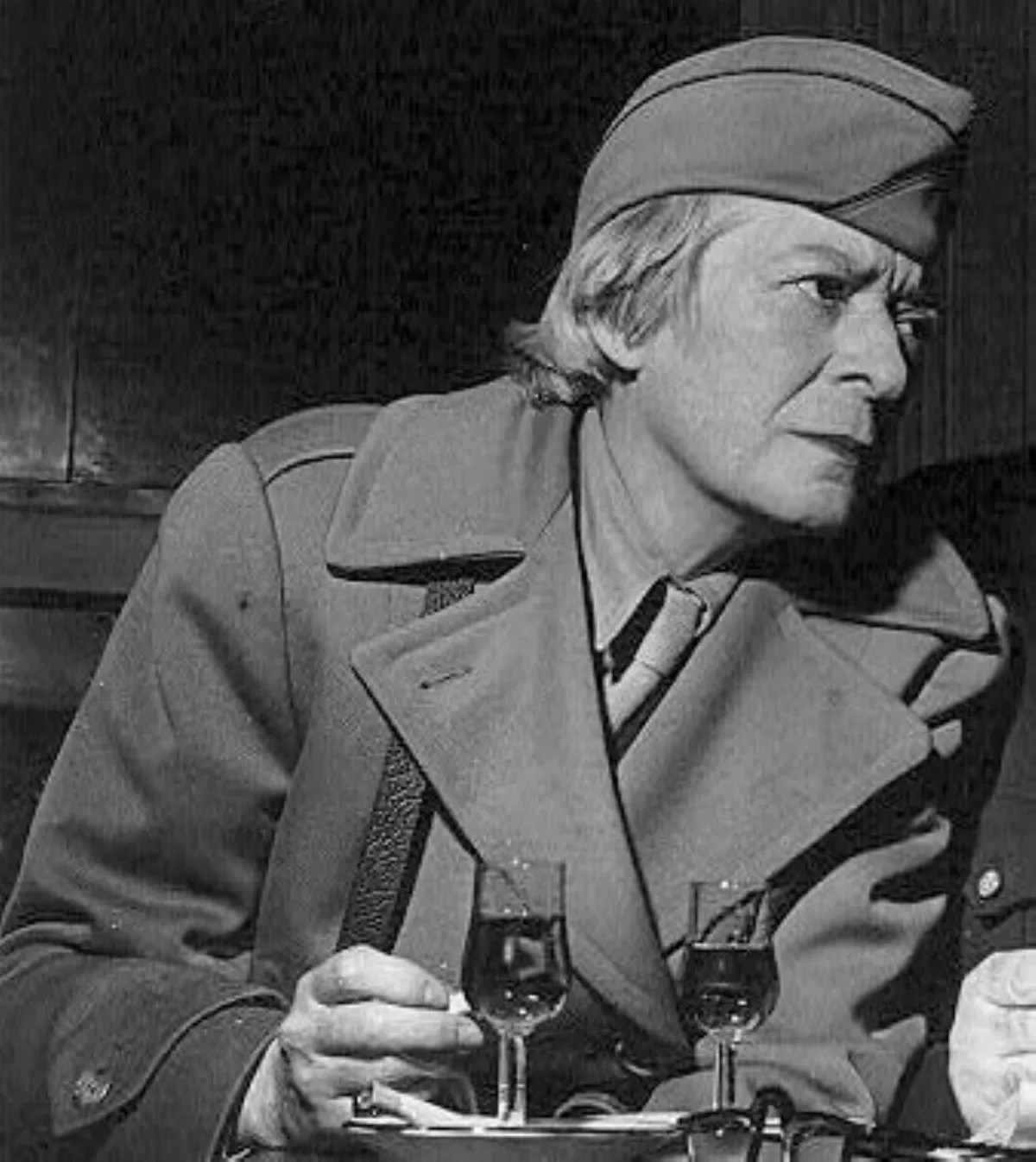 1.
1. Janet Flanner was an American writer and pioneering narrative journalist who served as the Paris correspondent of The New Yorker magazine from 1925 until she retired in 1975.

 1.
1. Janet Flanner was an American writer and pioneering narrative journalist who served as the Paris correspondent of The New Yorker magazine from 1925 until she retired in 1975.
Janet Flanner published a single novel, The Cubical City, set in New York City.
Janet Flanner was a prominent member of America's expatriate community living in Paris before WWII.
Janet Flanner was born in Indianapolis, Indiana, to Frank and Mary Ellen Flanner, who were Quakers.
Janet Flanner's father co-owned a mortuary and ran the first crematorium in the state of Indiana.
Janet Flanner met the couple Jane Grant and Harold Ross, through painter Neysa McMein.
In September 1925 Janet Flanner published her first "Letter from Paris" in The New Yorker, which had been launched the previous February.
Janet Flanner would be professionally linked with the magazine for the next five decades.
Janet Flanner's columns covered a wide range of topics, including artists, performances, and crime, including a lengthy feature on murderesses Christine and Lea Papin.
Janet Flanner had first come to the attention of editor Harold Ross through his first wife, Jane Grant, who was a friend of Janet Flanner's from the Lucy Stone League.
Janet Flanner wrote one novel, The Cubical City, which achieved little success.
Janet Flanner played a crucial role in introducing her contemporaries to new artists in Paris, including Pablo Picasso, Georges Braque, Henri Matisse, Andre Gide, and Jean Cocteau, and the Ballets Russes dance company.
Janet Flanner introduced them to crime passionel and vernissage, the triumphant crossing of the Atlantic Ocean by pilot Charles Lindbergh and the depravities of the Stavisky Affair.
Janet Flanner still wrote for The New Yorker, analyzing radio broadcasts and print reports about life in wartime Paris.
Janet Flanner returned to Paris in 1944, contributing a series of weekly radio broadcasts entitled Listen: the Women for the Blue Network during the months following the liberation of Paris in late August 1944.
Janet Flanner covered the Nuremberg trials for The New Yorker.
Janet Flanner covered the Suez crisis, the Soviet invasion of Hungary, and the strife in Algeria which helped the rise of Charles de Gaulle.
In 1948, Janet Flanner was made a knight of Legion d'Honneur.
In 1958, Janet Flanner was awarded an honorary doctorate by Smith College.
The school's fine arts department created a speaker series in her name, titled the Janet Flanner Visiting Artist Series.
In 1918, Janet Flanner married William "Lane" Rehm, a friend she had met while at the University of Chicago.
Janet Flanner was working as an artist in New York City, and she later admitted that she married him to get out of Indianapolis.
In 1932 Janet Flanner fell in love with Noel Haskins Murphy, an American singer who lived in a village just outside Paris.
Janet Flanner lived in Paris with Solano, who put away her own literary aspirations to be Janet Flanner's personal secretary.
Janet Flanner's ashes were scattered along with Murray's over Cherry Grove in Fire Island where the two women had met in 1940, according to William Murray, Danesi Murray's son, in his book Janet, My Mother, and Me.